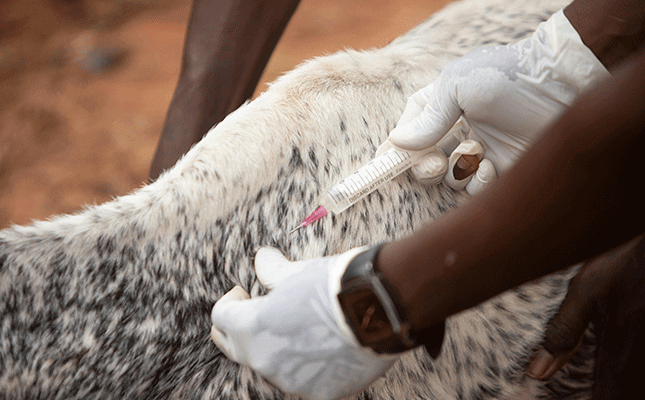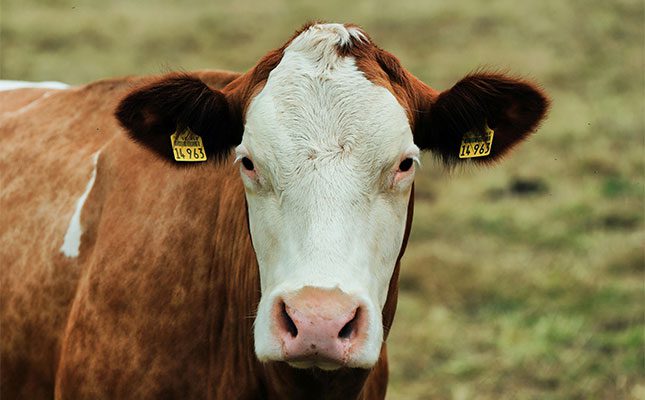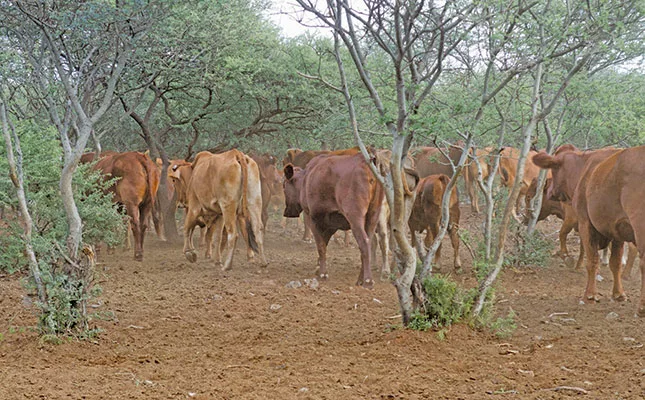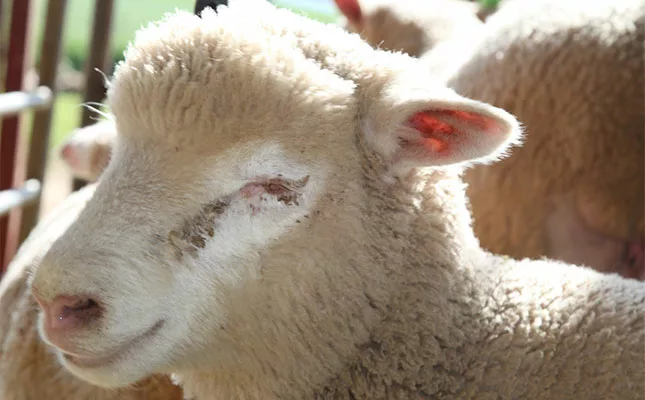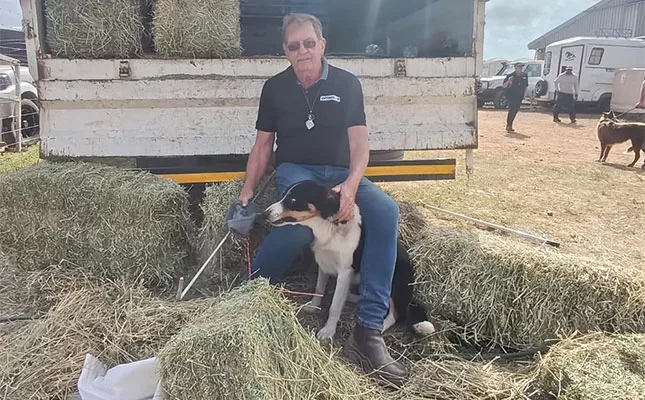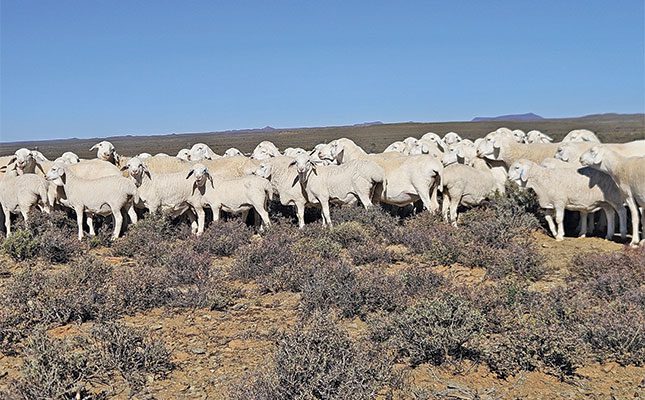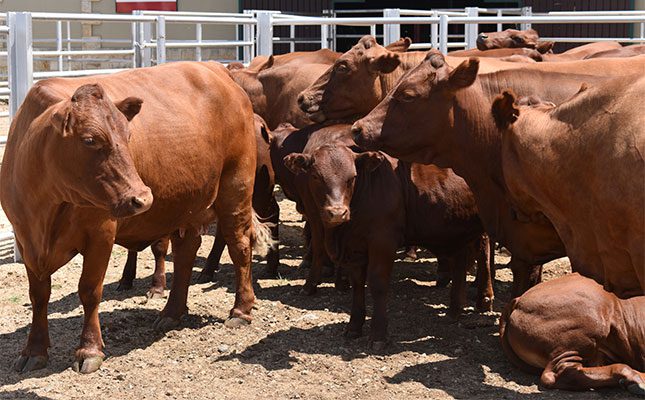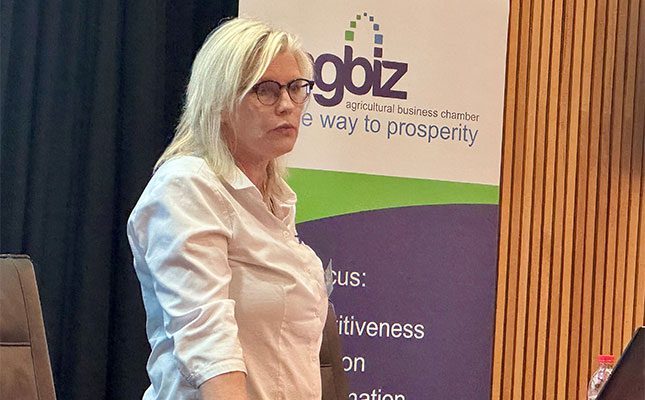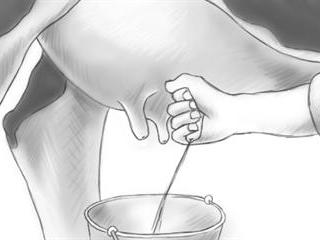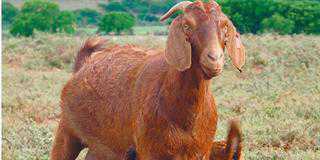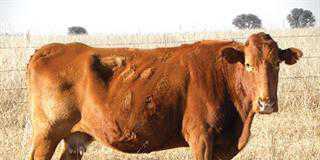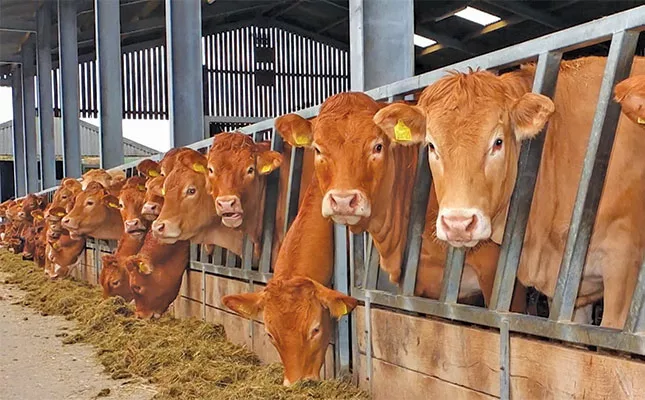
Photo: FW Archive
With the global threat of emerging infectious diseases and the need for sustainable production practices, the importance of biosecurity continues to grow.
Biosecurity acts as a safeguard for food security. When the link between it and food are broken, it can have a devastating impact on the agricultural sector and cause real harm to consumers. Strengthening biosecurity on various levels should be a priority, especially when it comes to feed management.
More than just a nutritional input
Physical biosecurity measures prevent the entry of pathogens, while operational measures, such as feed management and hygiene protocols, maintain animal health. Feed is more than just a nutritional input. According to Bonita Cilliers, technical and regulatory adviser of the Animal Feed Manufacturers’ Association (AFMA), feed can be a critical control point in disease prevention.
“If biosecurity in feed management is bypassed, it can become a direct pathway for viruses, bacteria, toxins and other hazards to spread. The result? Sick animals, reduced production, financial losses and even blocked market access,” she says.
During the recent 2025 Avi Africa Conference, veterinary consultant Dr Scott Elliott summed it up perfectly: “Disease doesn’t knock before it arrives.” All it takes is one contaminated ingredient, a dirty truck, or a few bird droppings in an open feed bin to trigger an outbreak.
Globally, feed has been linked to serious events; just think of the various tragedies that played out over the decades. In the 1980s to 1990s we saw the bovine spongiform encephalopathy (mad cow disease) outbreak in the UK. It spread via cattle feed containing meat-and-bone meal, affecting both cattle and people.
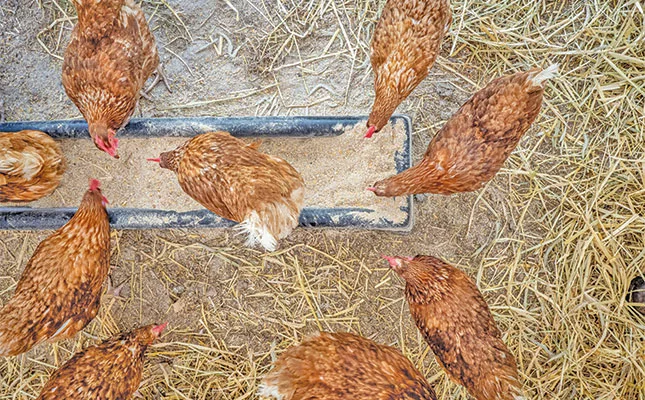
In 2008, the pork crisis in Ireland was caused by dioxin-contaminated feed which led to nationwide recalls and trade disruptions. And as recent as this year, avian influenza in pet food in the United States made cats and dogs ill.
Cilliers further makes her point: “Here at home in South Africa, we face a long list of high-risk diseases like:
- African swine fever (ASF): the virus can survive in certain feed ingredients or on contaminated equipment.
- Avian influenza (HPAI): feed can become contaminated by wild bird droppings in open silos or during storage.
- Salmonella: often linked to poultry when feed or ingredients are poorly handled.
Mycotoxins: these thrive in stored maize and grains during humid or erratic weather. - E. coli and Clostridium: bacteria which can enter feed via pests, dirty bins, or water and is particularly harmful to young animals.”
She is adamant that biosecurity should play a vital part in feed management. “The bottom line is that one slip-up in feed biosecurity can spark disease outbreaks and cause heavy losses. In the current South African context – with high feed costs, climatic variability and increasing disease pressure – biosecurity is a business-critical control measure.”
Feed management is one of the most powerful, yet most overlooked biosecurity tools on your farm.
“The feed you use does not just nourish animals, it is part of the food chain. It can carry disease across provinces, between species, and into markets. Clean feed is your shield; contaminated feed can destroy that shield overnight,” Cilliers adds.
Feed mills are a critical link in this chain. When they run tight safety and hygiene controls, they stop problems before they reach your farm. If not, they can become super-spreaders, sending risk down the road at lightning speed.
“And here is where you as the farmer come in: once the feed is on your farm, it is your responsibility to keep it safe. Every bin, every bag, every scoop connects your farm to the food people eat. Even your own family’s lives can be impacted. Protect that chain, and you protect your animals, your livelihood and public trust,” she emphasises.
Good protocol
Think of biosecurity like an insurance policy – you only see its real value when something goes wrong. By then, it is too late if you have not put it in place. According to Cilliers, implementing biosecurity measures does not have to be a head-scratching exercise. “It does not have to be complicated, but it must be done every day. The goal is simple: clean feed equals healthy animals that lead to protected income and market access.
First, according to her, farmers should know and trust their suppliers.
“Only buy feed from suppliers you trust, and do not just take their word for it. Ask for proof, like quality certificates or test results for the feed or ingredients (especially for high-risk ingredients).If you do not know the history of your feed, you are gambling with your animal’s health.”
Access control and movement management is also essential.
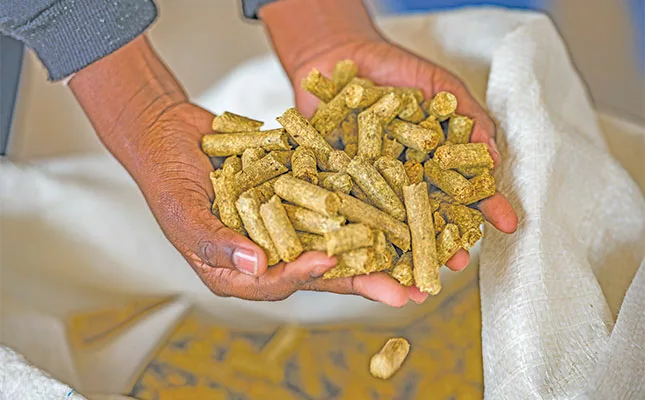
“People, vehicles and equipment can bring disease onto your farm. To combat this, farmers can segregate ‘clean’ and ‘dirty’ zones around feed handling and storage areas; implement controlled entry points, visitor logs and vehicle disinfection (tyre spraying, wheel dips); and prevent cross-use of vehicles between livestock transport and feed delivery,” Cilliers adds.
Another aspect of biosecurity that should be properly managed is pest and moisture control. Cilliers says it begins with the proper storage of feed. “Feed should be stored in sealed silos and bins, off the ground and in well-ventilated areas protected from moisture.
She also says that pests should not be tolerated on a farm. “It is vital to implement a sound Integrated Pest Management (IPM) programme which can include things like traps, rodent-proofing and routine inspection. “Also clean up feed spills promptly to avoid attracting wild birds or rodents.”
Equipment segregation can also be an easy way to strengthen biosecurity. “Dedicate scoops, augers and conveyors to specific houses or sites. If sharing equipment is unavoidable, clean and disinfect thoroughly before transfer,” is her advice.
“If a problem occurs, you need to trace it quickly,” Cilliers says. “That is why record-keeping is so important. Keep delivery notes, batch numbers and supplier details for rapid trace-back during an investigation and regularly maintain records of cleaning, pest control and equipment disinfection.”
Daily routine
She believes biosecurity is most effective when it is part of your daily routine, not just when there is a disease scare.
“Small, consistent actions like locking storage, cleaning bins and rejecting risky deliveries protect your animals and your bottom line.”
The secret to strong feed biosecurity is not fancy equipment or endless checklists. “As a farmer, you have more control than you might think,” Cilliers comments.
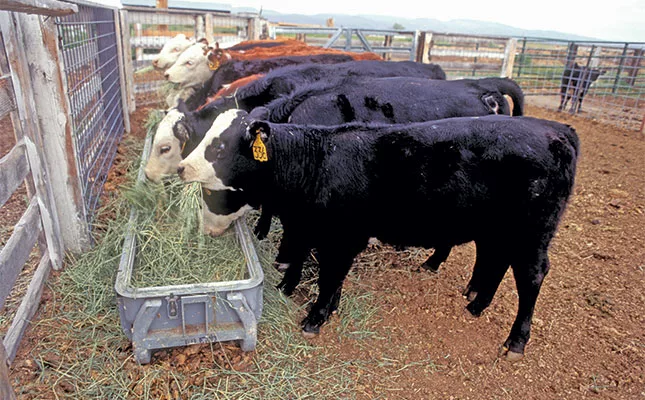
She says things like training your staff can make a huge difference. “Everyone on the farm should understand that feed hygiene is non-negotiable. It is not just ‘the boss’s rule’ – it is about keeping animals healthy and the business running.
One of the best ways to prevent a disaster is to act fast if something is wrong. If you spot mould, smell something odd, or see pest droppings, deal with it before it becomes a bigger issue.
In conclusion, Cilliers says that on-farm feed biosecurity is not about doing more work; it is about doing the right work, in the right way, every single day. It is a mindset that says: “I’m responsible for what happens here.”
For more information email Bonita Cilliers at [email protected].

